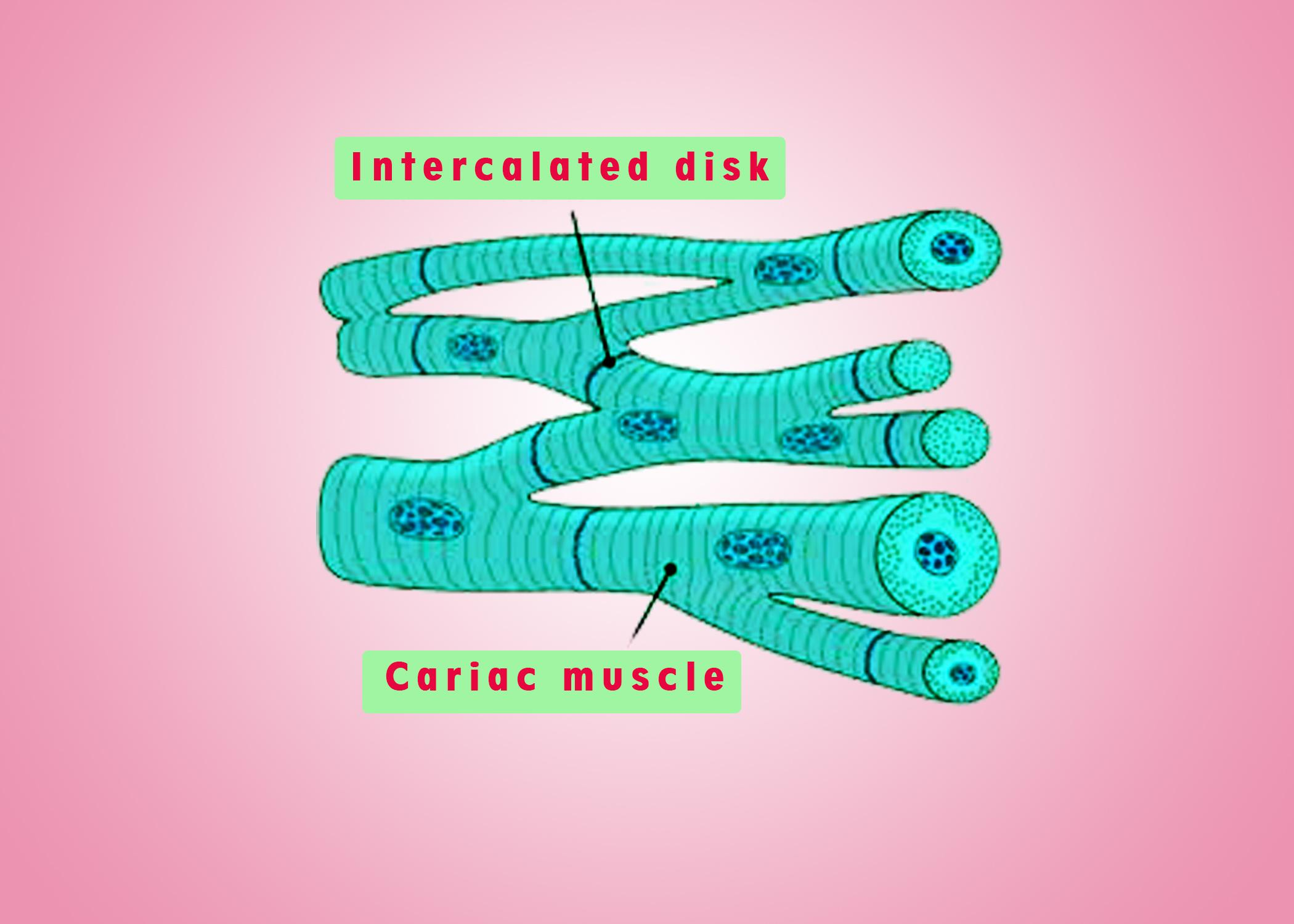
Enumerate the physiological properties of the heart (cardiac) muscles.
Answer
555.6k+ views
Hint: It is similar to skeletal muscle, another major muscle type, in that it possesses contractile units known as sarcomeres; this feature, however, also distinguishes it from smooth muscle, the third muscle type. It varies from skeletal muscle in that it displays rhythmic compressions and isn't under voluntary control.
Complete answer:
The physiological properties of the heart muscle are 1. Rhythmicity 2. Excitability 3. Contractility 4. Conductivity.
Property 1. Rhythmicity/Automaticity/Chronotropism:
In the myocardium, automaticity is the capacity of the heart muscles to depolarize immediately, without outside electrical incitement from the nervous system.
Property 2. Excitability (Bathmotropic):
Is the ability of the cardiac muscle to respond to adequate stimuli by generating an action potential.
Property 3. Contractility/Inotropism:
It is the power of the heart muscle to convert electricity into mechanical work. Myocardial fibers have ‘functional syncytium’ and not ‘anatomical syncytium’, because they present in touch but not in continuity.
Property 4. Conductivity (Dromotropism):
Is the ability of cardiac muscle fibers to conduct the cardiac impulses that are initiated in the SA node (the pacemaker of the heart)
Additional Information: The heart consists mostly of heart muscle cells (or myocardium). The outstanding characteristics of the action of the guts are its contractility, which is the basis for its pumping action, and therefore the rhythmicity of the contraction. The amount of blood pumped by the guts every moment (the heart yield) differs to fulfill the metabolic requirements of peripheral tissues, especially the skeletal muscles, liver, kidneys, mind, skin, heart, and gastrointestinal tract. The flow is decided by the contractile force developed by the heart muscle cells, also as by the frequency at which they're activated (rhythmicity).
Note: Cardiac muscle cells form a highly branched cellular network in the heart. They are connected end to finish by intercalated disks and are organized into layers of myocardial tissue that are wrapped around the chambers of the guts. The constriction of individual heart muscle cells produces power and shortening in these groups of muscle, with a resultant decrement inside the heart chamber size and accordingly the subsequent discharge of the blood into the pulmonary and systemic vessels.

Complete answer:
The physiological properties of the heart muscle are 1. Rhythmicity 2. Excitability 3. Contractility 4. Conductivity.
Property 1. Rhythmicity/Automaticity/Chronotropism:
In the myocardium, automaticity is the capacity of the heart muscles to depolarize immediately, without outside electrical incitement from the nervous system.
Property 2. Excitability (Bathmotropic):
Is the ability of the cardiac muscle to respond to adequate stimuli by generating an action potential.
Property 3. Contractility/Inotropism:
It is the power of the heart muscle to convert electricity into mechanical work. Myocardial fibers have ‘functional syncytium’ and not ‘anatomical syncytium’, because they present in touch but not in continuity.
Property 4. Conductivity (Dromotropism):
Is the ability of cardiac muscle fibers to conduct the cardiac impulses that are initiated in the SA node (the pacemaker of the heart)
Additional Information: The heart consists mostly of heart muscle cells (or myocardium). The outstanding characteristics of the action of the guts are its contractility, which is the basis for its pumping action, and therefore the rhythmicity of the contraction. The amount of blood pumped by the guts every moment (the heart yield) differs to fulfill the metabolic requirements of peripheral tissues, especially the skeletal muscles, liver, kidneys, mind, skin, heart, and gastrointestinal tract. The flow is decided by the contractile force developed by the heart muscle cells, also as by the frequency at which they're activated (rhythmicity).
Note: Cardiac muscle cells form a highly branched cellular network in the heart. They are connected end to finish by intercalated disks and are organized into layers of myocardial tissue that are wrapped around the chambers of the guts. The constriction of individual heart muscle cells produces power and shortening in these groups of muscle, with a resultant decrement inside the heart chamber size and accordingly the subsequent discharge of the blood into the pulmonary and systemic vessels.

Recently Updated Pages
Why are manures considered better than fertilizers class 11 biology CBSE

Find the coordinates of the midpoint of the line segment class 11 maths CBSE

Distinguish between static friction limiting friction class 11 physics CBSE

The Chairman of the constituent Assembly was A Jawaharlal class 11 social science CBSE

The first National Commission on Labour NCL submitted class 11 social science CBSE

Number of all subshell of n + l 7 is A 4 B 5 C 6 D class 11 chemistry CBSE

Trending doubts
Differentiate between an exothermic and an endothermic class 11 chemistry CBSE

10 examples of friction in our daily life

One Metric ton is equal to kg A 10000 B 1000 C 100 class 11 physics CBSE

Difference Between Prokaryotic Cells and Eukaryotic Cells

1 Quintal is equal to a 110 kg b 10 kg c 100kg d 1000 class 11 physics CBSE

State the laws of reflection of light




